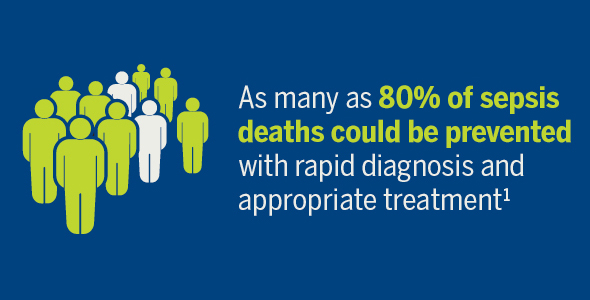Reduction in sepsis mortality is directly dependent on early identification and rapid initiation of appropriate antimicrobial therapy. Fast and accurate diagnosis may also shorten the length of a hospital stay and potentially help reduce the emergence of multidrug-resistant bacteria.
Life After Sepsis is Often Challenging
Of the 30 million people who get sepsis each year, 24 million survive. While battling sepsis is difficult, the complications that people face after their ordeals are over can be challenging or even deadly.
“Sepsis is Real and You Need to Take it Seriously” – Charles Clawson Shares His Wife’s Story
“The thing about sepsis, that I can tell you from living experience, is that it’s super-fast,” said Clawson. “When you get sepsis, it’s a downhill turn and turning it back around is not something that’s easy to do.”
You make the call: How Would You Handle Getting Sick After Surgery?
Find your way through a scenario involving an infection leading to sepsis. At critical points, you must make choices about what you would do—and just like in real life, the decisions you make can change your ultimate outcome.
The Value of Diagnostics in Combatting Antimicrobial Resistance – A Public Health Problem
At this year’s World Anti-Microbial Resistance Congress, Dr. Tristan Timbrook delivered a...
Lindsay Denny Discusses the Critical Role of WASH in Preventing Infectious Diseases and Fighting Antimicrobial Resistance
WASH, which stands for water, sanitation, and hygiene, are basic...






